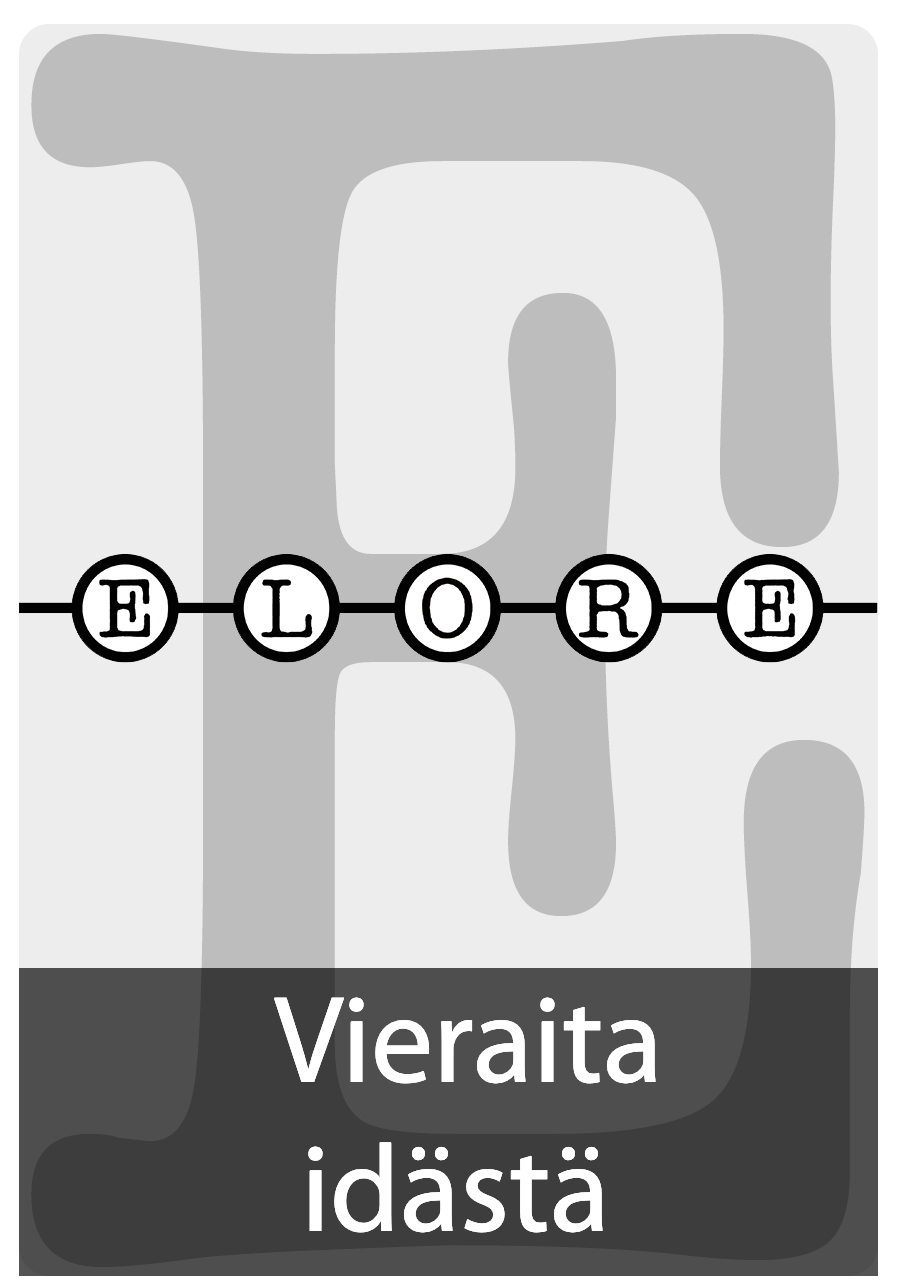Pinomäen ajat
Rakennettu ympäristö asukkaiden kertomana
DOI:
https://doi.org/10.30666/elore.78987Abstract
This article examines a group of Swedish houses in Pinomäki district in Pori built during the reconstruction period which followed the Winter War (1939 – 1940) and the Continuation War (1941 – 1944; Second World War). The purpose of the article is to explore the research work on built cultural environment from the point of view of resident interviews, and it is aimed at discussing the importance of folkloristics and intangible cultural heritage in the fieldwork concerned with built environment. The folkloristic approach has not traditionally been combined with cultural heritage research. However, in this article the starting point is that especially in building inventories, which are compiled for the purpose of acting as background reports for zoning, the folkloristic perspectives are related to space through the narrative elements therein. As part of the building inventories, resident interviews are conducted, in which the residents inform the researcher about modifications and repairs made in the building. When buildings are described, they do not appear as a separate physical phenomenon, but various life events are integrated into the stories. Based on these stories, the researchers focus on picking out information that is related to living and building use. Through this information, concrete connections can be found to the area and to the historical events which have shaped it. The stories told by residents are especially essential in cases where no other information is available on the area. When it comes to the reconstruction period, the importance of intangible cultural heritage as well as the stories told by the residents are significant, because the residential areas are rather similar to each other in appearance and their interpretation methods have become stereotypical. The present and former residents of Pinomäki district in Pori provided a significant amount of new information about the construction and the occupation of the area, which has not been written down before. Thus it is important to increasingly evaluate the significance of building inventories and to aim at developing a method to comprehend more widely the crucial role that the intangible cultural heritage has in cultural environmental processes.Downloads
Published
How to Cite
Issue
Section
License
The journal follows Diamond Open Access publishing model: the journal does not charge authors and published texts are immediately available on the Journal.fi service for scientific journals. By submitting an article for publication on Elore, the author agrees, as of September 2024, that the work will be published under a CC BY 4.0 licence. Under the licence, others may copy, transmit, distribute and display the copyrighted work and any modified versions of the work based on it only if they attribute the licence, the original publication (link or reference) and the author as the original author. Any modifications made must be acknowledged.
Copyright of the texts remains with the authors, and self-archiving (Green OA) of the published version is allowed. This also applies to texts published before September 2024. The Green OA publication must include Elore's publication details.
The metadata for published articles is licensed under Creative Commons CC0 1.0 Universal.





